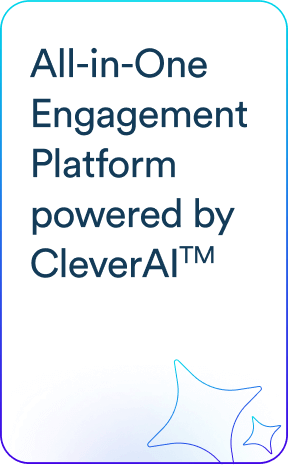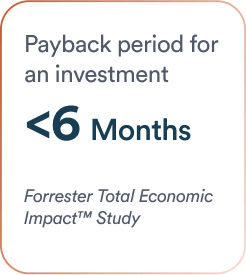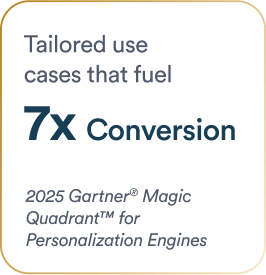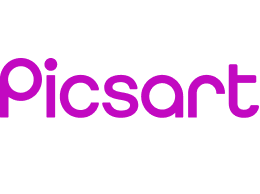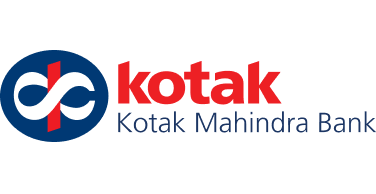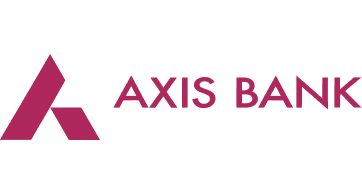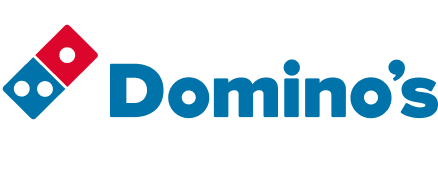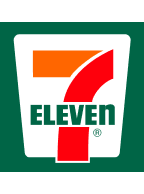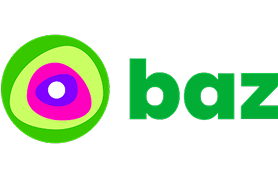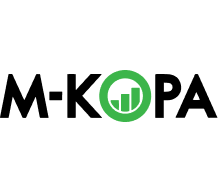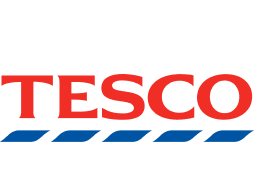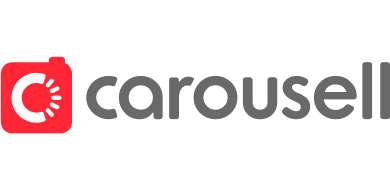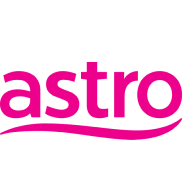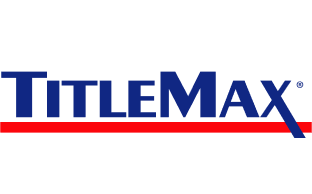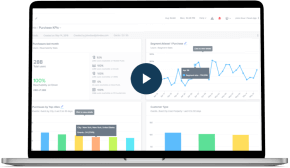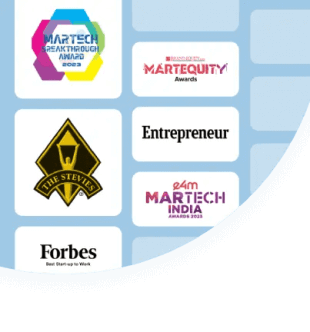Segmentation analysis enables businesses to categorize their audience into meaningful categories for targeted and efficient outreach. This comprehensive guide will walk you through the essential aspects of segmentation analysis—from its definition and benefits to the steps and types, complete with examples.
What is Segmentation Analysis?
Segmentation analysis is the process of dividing a broad consumer or business market into subgroups of consumers based on shared characteristics. These segments help businesses understand their audience better, enabling tailored marketing strategies and improved customer engagement.
You can use a variety of criteria such as demographics, geographic location, psychographics, and behaviors, for creating and analyzing customer segments. Key criteria for conducting market segmentation analysis include:
- Demographics: Age, gender, income, education.
- Geography: Location, climate, region.
- Psychographics: Values, interests, lifestyles.
- Behavior: Purchase habits, brand loyalty, usage patterns.

For marketers, this process is invaluable. It helps gain a deeper understanding of what drives customer decisions, build buyer personas, and allocate resources efficiently. By aligning marketing efforts with specific segments, businesses can create highly personalized messages that resonate with target audiences.
When done effectively, market segmentation analysis enables marketers to increase engagement, improve conversion rates, and, ultimately, a higher return on investment.
Benefits of Segmentation Analysis
Here are some of the key benefits of conducting marketing segmentation analysis:
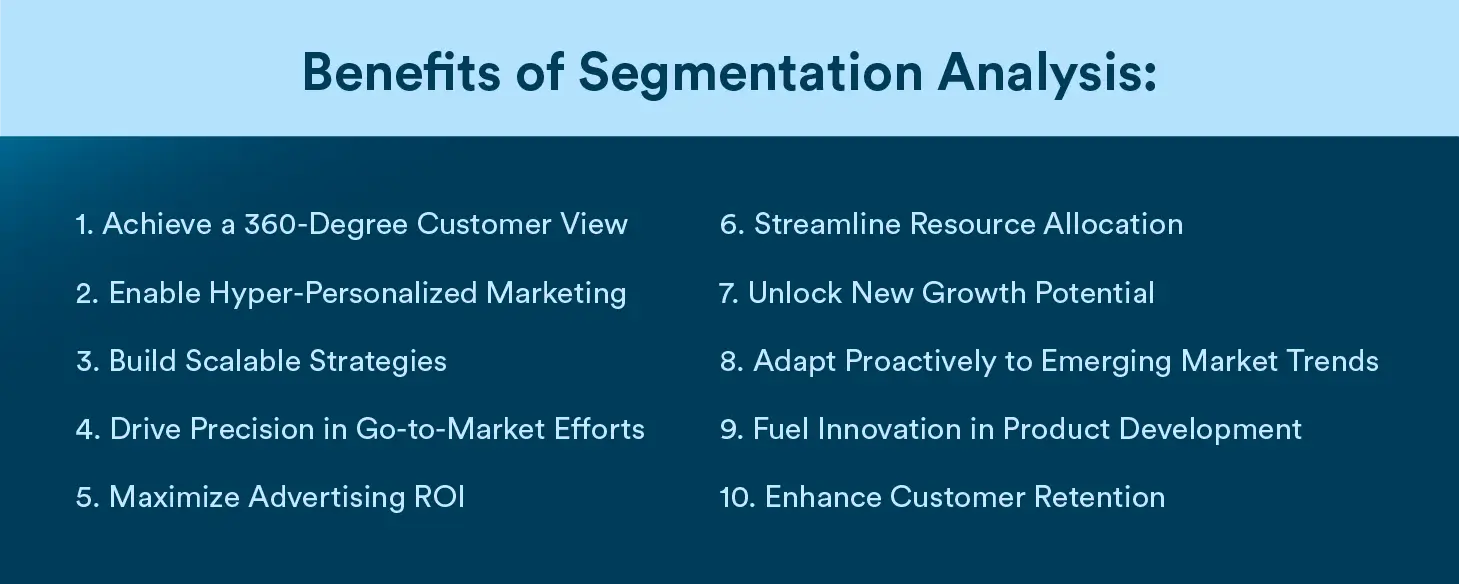
- Achieve a 360-Degree Customer View: Gain a holistic understanding of your target customer to build stronger, data-backed strategies.
- Enable Hyper-Personalized Marketing: Deliver hyper-personalized, tailored messages and offers to each segment, fostering deeper connections and loyalty.
- Build Scalable Strategies: Get actionable insights for refining marketing strategies over time as new data emerges.
- Drive Precision in Go-to-Market Efforts: Use data-driven insights to craft targeted campaigns that align with specific segment needs.
- Maximize Advertising ROI: Increase the efficiency of paid media campaigns by reaching the right audience with the right message.
- Streamline Resource Allocation: Optimize budgets and focus efforts on the most profitable customer segments, improving overall profitability.
- Unlock New Growth Potential: Identify untapped market opportunities and underserved niches and expand into high-potential areas.
- Adapt Proactively to Emerging Market Trends: Stay ahead by understanding shifting customer behaviors and preferences.
- Fuel Innovation in Product Development: Design new offerings or enhance existing ones to better serve distinct customer groups.
- Enhance Customer Retention: Fine-tune loyalty initiatives and customer retention programs by accurately understanding what drives different segments.
Steps to Conduct Segmentation Analysis
Conducting market segmentation analysis involves a structured approach to ensure accuracy and relevance. Here are the key steps involved in the process:
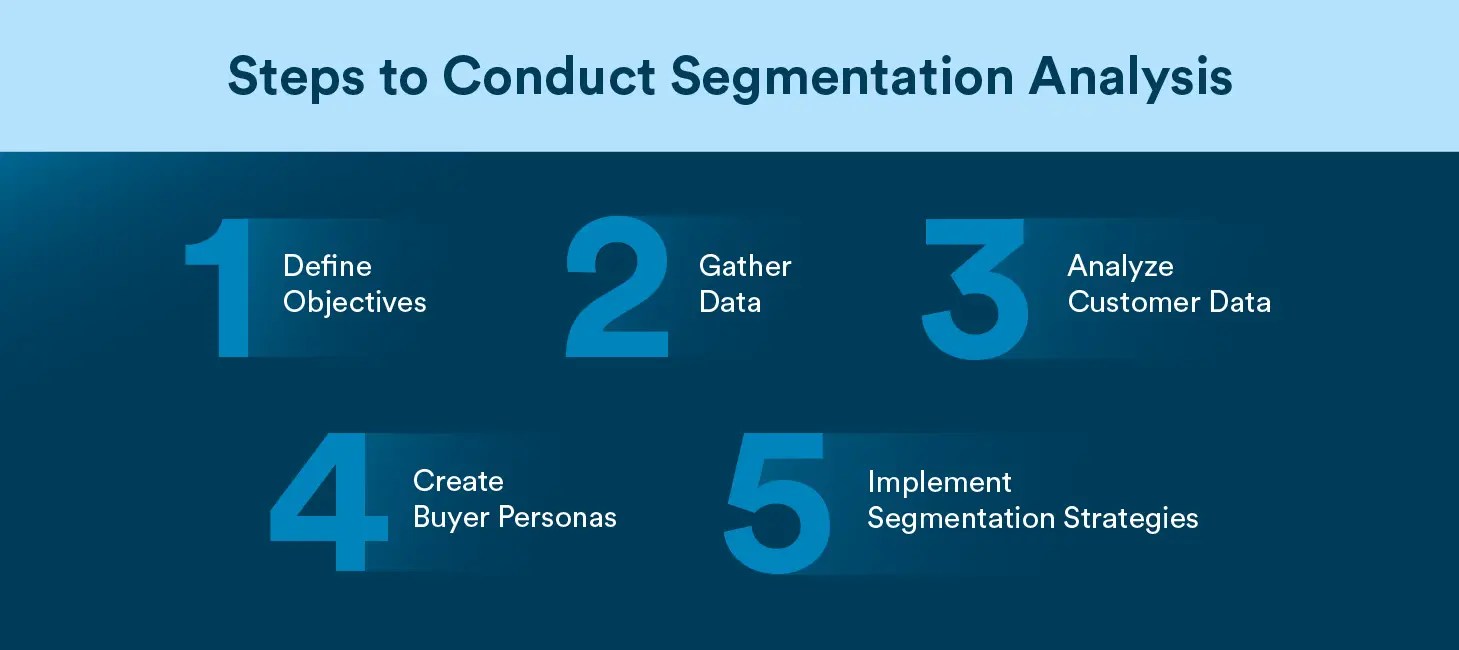
1. Define Objectives
The first step in segmentation analysis is to clearly define your business objectives. Determine what you aim to achieve, whether it’s identifying untapped customer segments, improving the positioning of your products or services, or enhancing personalization efforts for specific demographics or behaviors.
Clear objectives will provide a roadmap for your market segmentation analysis and ensure that your analysis aligns with broader business goals.
2. Gather Data
To conduct an effective marketing segmentation analysis, data collection is paramount. Businesses should focus on gathering accurate and comprehensive data through various sources:
- Zero-party data, such as surveys or feedback forms, is directly provided by customers and offers invaluable insights into preferences.
- First-party data, which includes website interactions or purchase history, reveals patterns and behaviors.
- Third-party data from external sources can complement your internal data for a more complete picture.
Employ tools like CRM software, Google Analytics, and social media insights to streamline the data collection process. Conducting surveys, focus groups, or interviews can add qualitative depth to your analysis.
3. Analyze Customer Data
With data in hand, the next step is to analyze it thoroughly to identify patterns and trends. By diving into the data, you can uncover actionable insights that will inform your marketing strategies.
Use advanced data analytics tools to analyze the data to identify shared characteristics, such as demographic traits, geographic location, purchasing habits, or preferences, which can serve as the foundation for meaningful customer segments.
4. Create Buyer Personas
Based on the different customer segments and the insights gathered from your data analysis, create buyer personas – detailed descriptions of your ideal customer. Go beyond simple demographics such as age and income to include psychographic and behavioral attributes like interests, values, purchasing motivations, and preferred communication channels.
These personas act as a blueprint for your marketing efforts, ensuring that campaigns are crafted to address the unique needs and desires of each segment. Understanding these personas allows businesses to connect with customers on a deeper, more personalized level.
5. Implement Segmentation Strategies
Once your segments and buyer personas are defined, it’s time to implement strategies tailored to each group. Use the segmentation insights to:
- Develop customized marketing campaigns that speak directly to the identified needs of each segment.
- Optimize your product offerings to better align with specific preferences and behaviors.
- Select the most effective channels for engaging with each segment, whether through social media, email, or other platforms.
Continuously refine these strategies based on performance metrics to ensure they deliver maximum impact.
Understanding Market Segmentation Analysis with Examples
Understanding and analyzing different market segments is crucial for marketers to craft targeted and effective campaigns. Each segmentation type offers unique insights into consumer behavior, preferences, and needs. By leveraging this data, businesses can design more personalized marketing strategies that drive engagement and conversions.
Here’s how analysis of different types of market segments helps marketers in crafting tailored and personalized campaigns:
Analysis of Demographic Segments
Analyzing demographic segments involves examining measurable population attributes, including age, gender, income level, and occupation. This analysis helps businesses identify the primary characteristics of their target audience, ensuring marketing messages resonate with specific demographic groups. It enables marketers to:
- Identify primary consumer groups based on statistical data.
- Tailor messaging, product offerings, and promotional tactics.
- Optimize allocation of marketing resources.
For example, a luxury car brand analyzing demographic data may discover that high-income professionals aged 35-50 form its ideal customer profile. With this insight, the brand can focus its marketing efforts on premium advertising channels, exclusive partnerships, and messaging that appeals to this affluent segment’s lifestyle aspirations.
Analysis of Geographic Segments
Analyzing geographic segments involves understanding customers’ needs and preferences based on their physical location, such as country, city, region, or even climate. Analyzing this segment allows marketers to adapt their offerings based on regional needs, cultural preferences, and environmental conditions, enabling them to:
- Enhance regional marketing efforts.
- Improve supply chain efficiency by targeting high-demand locations.
- Localize advertising and product distribution.
For example, a sportswear company analyzing geographic segmentation might focus on promoting winter jackets in colder regions while marketing breathable athletic wear in tropical areas. This location-specific approach ensures the right products reach the right audience.
Analysis of Psychographic Segments
Analyzing psychographic segments involves delving into the psychological traits of customers, such as lifestyle, values, interests, and attitudes. It goes beyond surface-level data to understand what truly motivates a customer, enabling marketers to:
- Build emotional connections with customers.
- Improve content marketing by aligning messages with consumer values.
- Enhance brand positioning by targeting like-minded individuals.
For example, a sustainable fashion brand targeting environmentally conscious consumers may analyze psychographic data to highlight eco-friendly materials, ethical production processes, and sustainability initiatives in their campaigns. By aligning messaging with consumer values, the brand strengthens brand loyalty.
Analysis of Behavioral Segments
Analyzing behavioral segments requires focusing on customer actions and habits, such as purchase history, usage frequency, brand loyalty, and more. By analyzing this data, marketers can adapt their strategies to better align with the behaviors and preferences of their audience, enabling them to:
- Improve customer retention through personalized experiences.
- Implement dynamic pricing and promotional strategies.
- Anticipate customer needs and enhance engagement.
For example, an online streaming service analyzing behavioral data may identify users who frequently watch a particular genre. Using this insight, the company can personalize recommendations, offer exclusive previews, or send targeted promotions for new releases in that genre, thereby increasing user retention and satisfaction.
How CleverTap Can Help With Segmentation Analysis
CleverTap provides powerful tools and capabilities for marketing segmentation analysis, allowing brands to build granular, actionable segments to improve customer engagement, enhance personalization, and optimize campaign ROI. Here’s how it helps:
- Real-Time Segmentation
CleverTap’s segmentation engine enables you to group users based on real-time actions, past behavior, and demographic data. It supports advanced filters and logic, such as combining AND/OR conditions, with nesting depths up to 10 levels, allowing complex segment creation.
- Unlimited Lookback Period
Powered by TesseractDB™, CleverTap offers an unparalleled lookback period of up to 10 years. This allows marketers to analyze user behavior over extended periods and build highly contextual segments.
- Automated Segmentation with RFM Analysis
CleverTap’s automated segmentation using the recency, frequency, and monetary (RFM) framework lets businesses keep up with evolving customer lifecycle changes in real time. It helps identify valuable customers, churn risks, and loyal users, enabling targeting the right users with the right campaigns to move users from one stage to the next.
For a deeper dive, read our blog, What is RFM Analysis? Calculating RFM Score for Customer Segmentation.
- Predictive Segmentation
Clever.AI, CleverTap’s proprietary AI engine, enables brands to accurately predict user behavior, such as the likelihood of a purchase or churn. This predictive capability enables proactive engagement and campaign optimization.
- Channel-Specific Insights
Marketers can access channel-specific reachability metrics for different segments to optimize their campaign performance.
- Integration with Analytics
Segments can be directly used in analytics dashboards for deeper insights into campaign effectiveness, funnel analysis, and user behavior trends. Additionally, CleverTap provides a real-time dashboard view that allows filtering by live user segments.
- Real-Time Campaign Triggering
Segments created in CleverTap are actionable, meaning you can trigger real-time campaigns based on specific user behaviors or segment transitions. This robust approach ensures that businesses can deliver hyper-personalized experiences at scale, improving customer engagement and retention while maximizing ROI.
Elevate Your Marketing with Segmentation Analysis
Segmentation analysis is not just a tool—it’s a transformative process that empowers businesses to connect with their audience on a deeper, more impactful level. By understanding the unique needs, preferences, and behaviors of each segment, you can create highly targeted marketing strategies that resonate and drive results.
In a competitive market, the ability to deliver personalized experiences is what sets successful businesses apart. Whether you’re looking to enhance customer engagement, increase loyalty, or maximize ROI, customer segmentation analysis offers a clear path forward.
Now is the time to harness the power of segmentation to revolutionize your approach to marketing. With the right strategies in place, you can ensure your campaigns are not only effective but also sustainable in the long term.

Discover how CleverTap can help you unlock your business’s full potential with powerful segmentation analysis.
Kiran Pius 
Leads Product Launches, Adoption, & Evangelism.Expert in cross-channel marketing strategies & platforms.
Free Customer Engagement Guides
Join our newsletter for actionable tips and proven strategies to grow your business and engage your customers.

